In much the same way as a mechanic, scrapbook pro, or programmer would set up a tool chest separating out tools that perform different functions, children with SPD also need to learn to associate form with function. One technical term used is the phrase “identification of functional affordances” (what function can this object afford me?). The ability to quickly identify how an object can be used results in a more efficient processing speed and faster learning curve.
Because of deficits in visual perception, inner language, and hand function skills, many children who have SPD have difficulty determining exactly “how” to use an object, based upon how it looks or how it feels. For example, look at the food images below and imagine exactly how you would need to position your hands, mouth, and utensils in order to eat the food. When you “look” at each image, your visual system conveys the data to your auditory and/or language system, so that you can retrieve memories of exactly what you are looking at. You will then “label” the food icon while your motor system prepares your mouth and hands to engage the item.
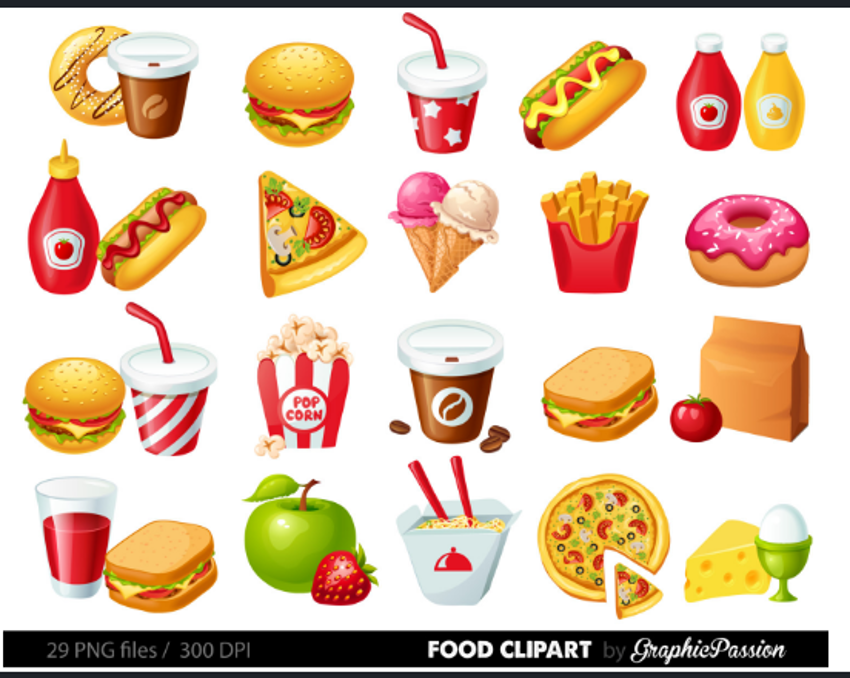
The Challenge: Present the child with an appealing project that engages the intellect, but allows for variable levels of skill acquisition.
The Tool: Digital Task Cards
Digital task cards showing step-by-step assembly instructions were designed for a wide variety of assembly projects commensurate with differences levels of skill in visual perceptual, language, and motor functions. The task cards ranged from simple assembly of Duplo projects to complex projects requiring advanced visuo-spatial skills.
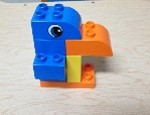
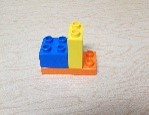
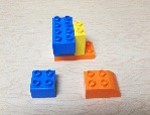
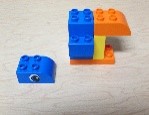

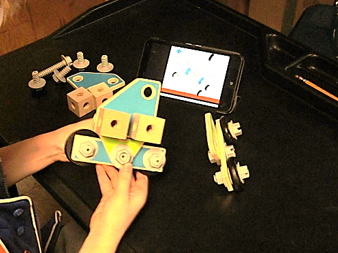
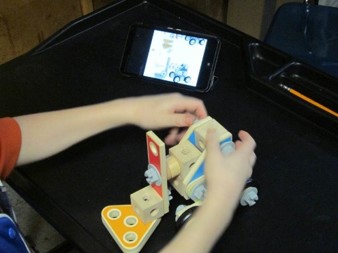
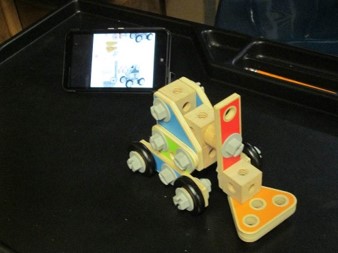
The toolbox:
The toolbox was arranged so that blocks with similar features were kept in the same drawer, but set apart according to their differentiated properties. For example. The basic rectangular and square shaped blocks were in the same drawer, but set apart in different trays within the top drawer.
As the children began to use the workstation to build their projects, they also began to remember the spatial locations of the differently shaped blocks. Their retrieval of parts began to flow more fluidly, and their ability to position each block in space matching the digital task cards improved. They became able to progressively sequence assembly of their projects needing neither beeping of the digital image nor the adult prompt of “what’s next?”
We were pleased to see the emergence of improved executive functions, prehension patterns, inner language, and spatial relations as they used the Duplo Toolbox.

Comments are closed.